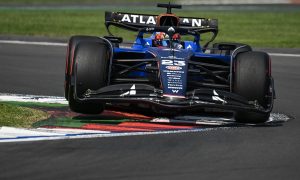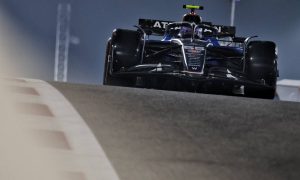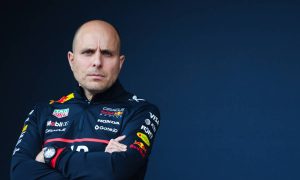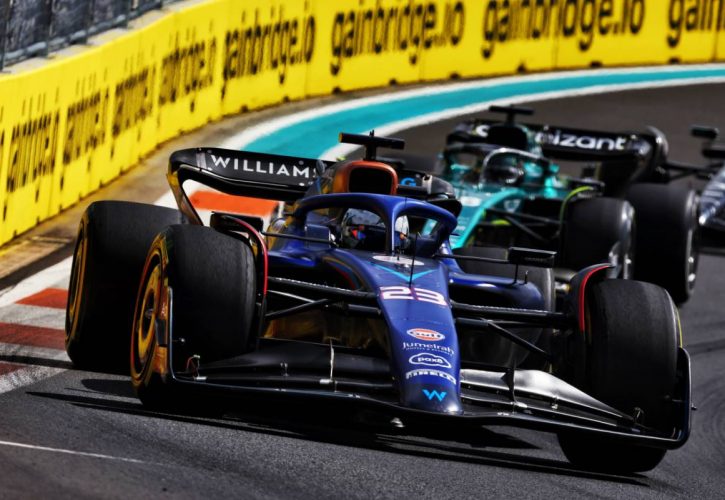
James Vowles ambitions to steer Williams towards a new era of success in Formula 1, but the almost antiquated state of the outfit’s foundation has left the former Mercedes man with a daunting task, one for which he has rolled up his sleeves and is dedicating himself wholeheartedly.
Williams Racing was in survival mode for several seasons until it was acquired by Dorilton Capital in 2020. Despite the change of ownership, the team’s performance has stagnated.
But Vowles' arrival earlier this year at the helm of the Grove-based outfit marked the start of a technical, financial and sporting transformation that will unfold over several years as Williams updates itself on all levels as plays catch-up to its rivals.
The fast-paced nature of F1 demands constant innovation and development, both on and off the track.
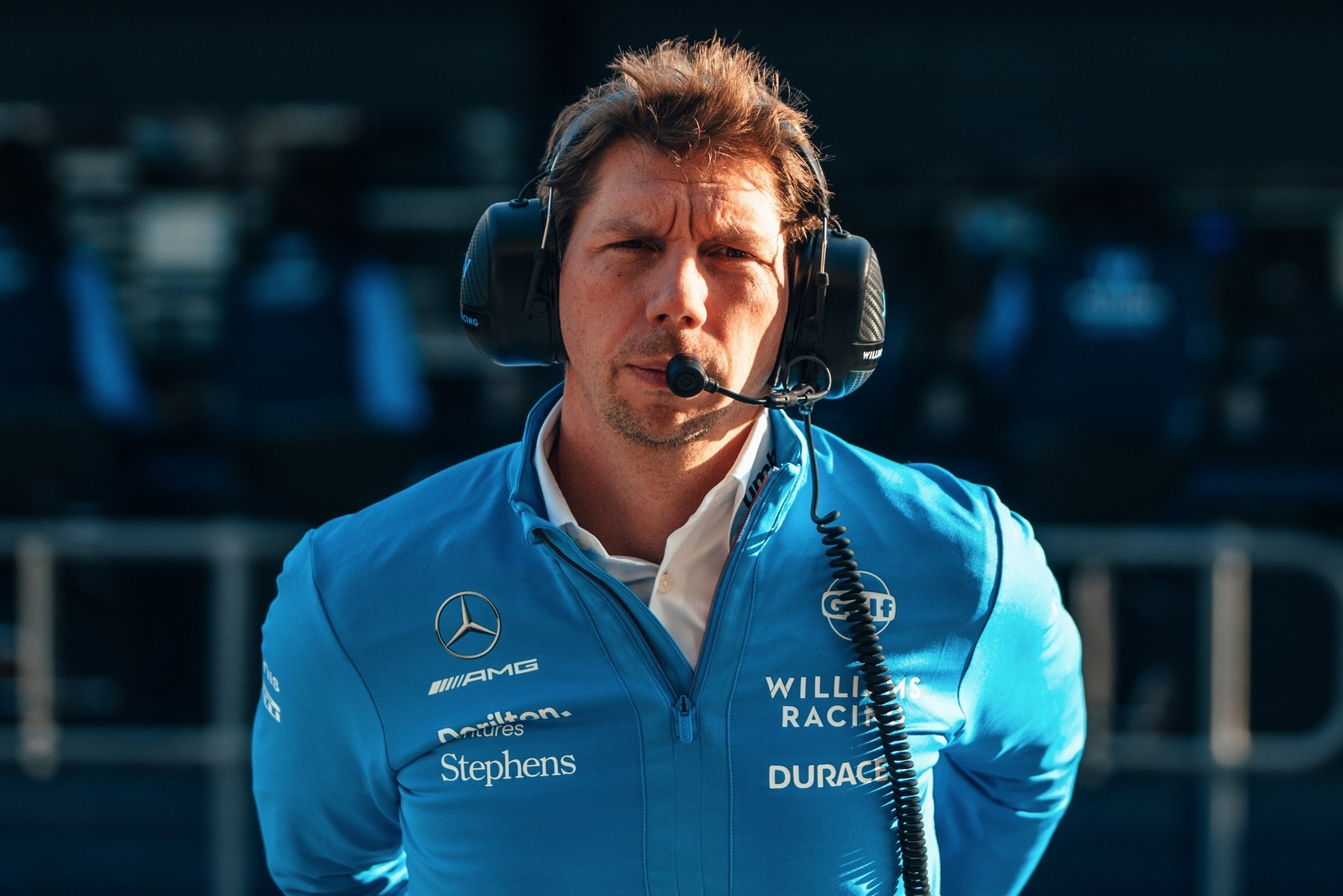
Outdated infrastructure hampers the team's ability to keep up with the technological advancements and efficiency improvements that have become crucial in modern Grand Prix racing.
From wind tunnels to simulation tools, data analytics to manufacturing capabilities, the lack of investment over the years has left Williams significantly lagging behind its competitors.
“Twenty years of underinvestment is why we are where we are today,” Vowles candidly admitted in Montreal last week.
“But I’m in a fortunate position that my predecessors weren’t – where we have investment, significant investment, behind us.
“In fact, there is a strong desire to have Williams return back to a competitive position. But to do that requires investment. So the money’s available and ready.
“But in many regards, where we are today, that money is disappearing on what I think is basic infrastructure.
Read also:
- Vowles hails extraordinary 'drive of champions' from Albon
- Williams guarded on FW45 updates due to Montreal conditions
“So if I take an example of things that were in Williams, and this is being very transparent about it, when a designer releases a part, it sort of goes into a black hole.
“And then there’s emails going backwards and forwards between production to try and find out where their part is, how it’s being upgraded, how big it is, how long it will take.
“Normally, that would go into a digital system that can be tracked, so you understand actually, what does the car get made up of.
“And bear in mind, there are 17,000 components and by the time you have designers doing this 17,000 times, you get lost. So you have inefficiencies.
“That software to fix that isn’t, unfortunately, 100 pounds, but that’s millions, and even up to 10s of millions if you get it right.”
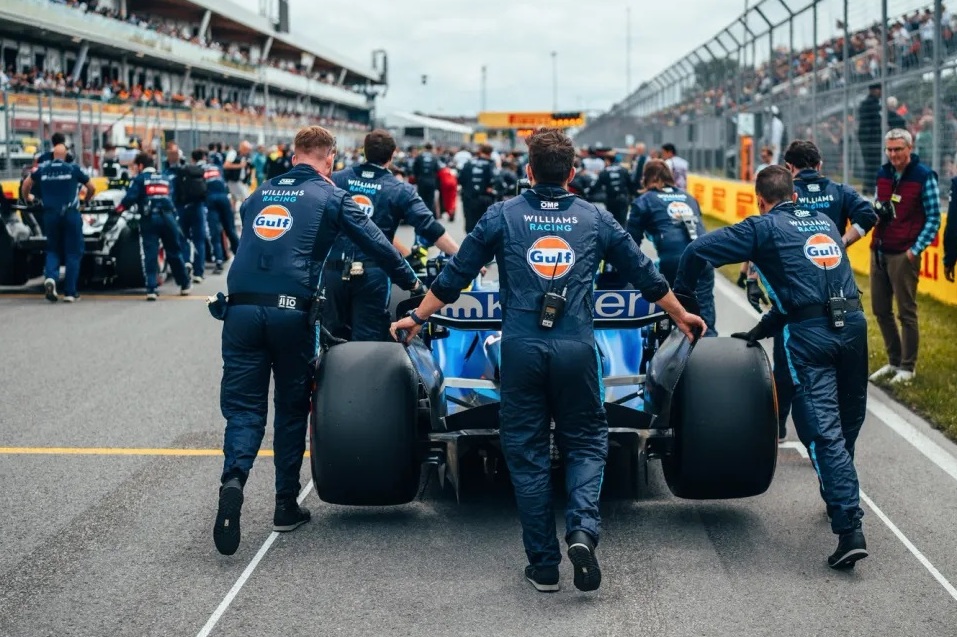
©Williams
For Vowles, the task of rebuilding Williams into a competitive F1 team is immense. He not only has to address the immediate issues of infrastructure and processes but also needs to instill a new culture of innovation, efficiency, and teamwork.
Rebuilding a team requires a multi-faceted approach, involving hiring top talent, forging partnerships with key suppliers, and implementing new strategies and methodologies.
Vowles must rally the entire organization, from the factory floor to the race engineers, to embrace a new mindset and work towards a common goal.
While financial backing provides the necessary resources, it will still take time to rectify the years of neglect and bring Williams back to the forefront of Formula 1.

“Team spirit was high, given that they had gone through what I think was an incredibly difficult winter, when there was large change at all management levels, and to a certain extent, a lack of leadership at that point, as well,” Vowles explained as he described his early days at Grove.
“But the morale was high and in fact the build that they did, without much structure around it, was very impressive. I mean, I’ve quoted it before in the media, but 17,000 components coming together, and the thing has four wheels pointing the right way is impressive out of it.
“There’s definitely a sentiment now, I’ve described it as you can see people’s heads are held high, the shoulders are up, they can see a direction of travel for how we’re going to pull ourselves out of this, which is not the same as going round in a circle.
“The best way to describe it is that the team was in a survival mode, where what it was thinking about was what do we need to do get ready for the next race to go forward? That’s not how Formula 1 works anymore.
“What you’re thinking about now, already, is 2024, 2025 and 2026. And if you’re not thinking that far ahead, you’re going to fall behind against competitors that are.”
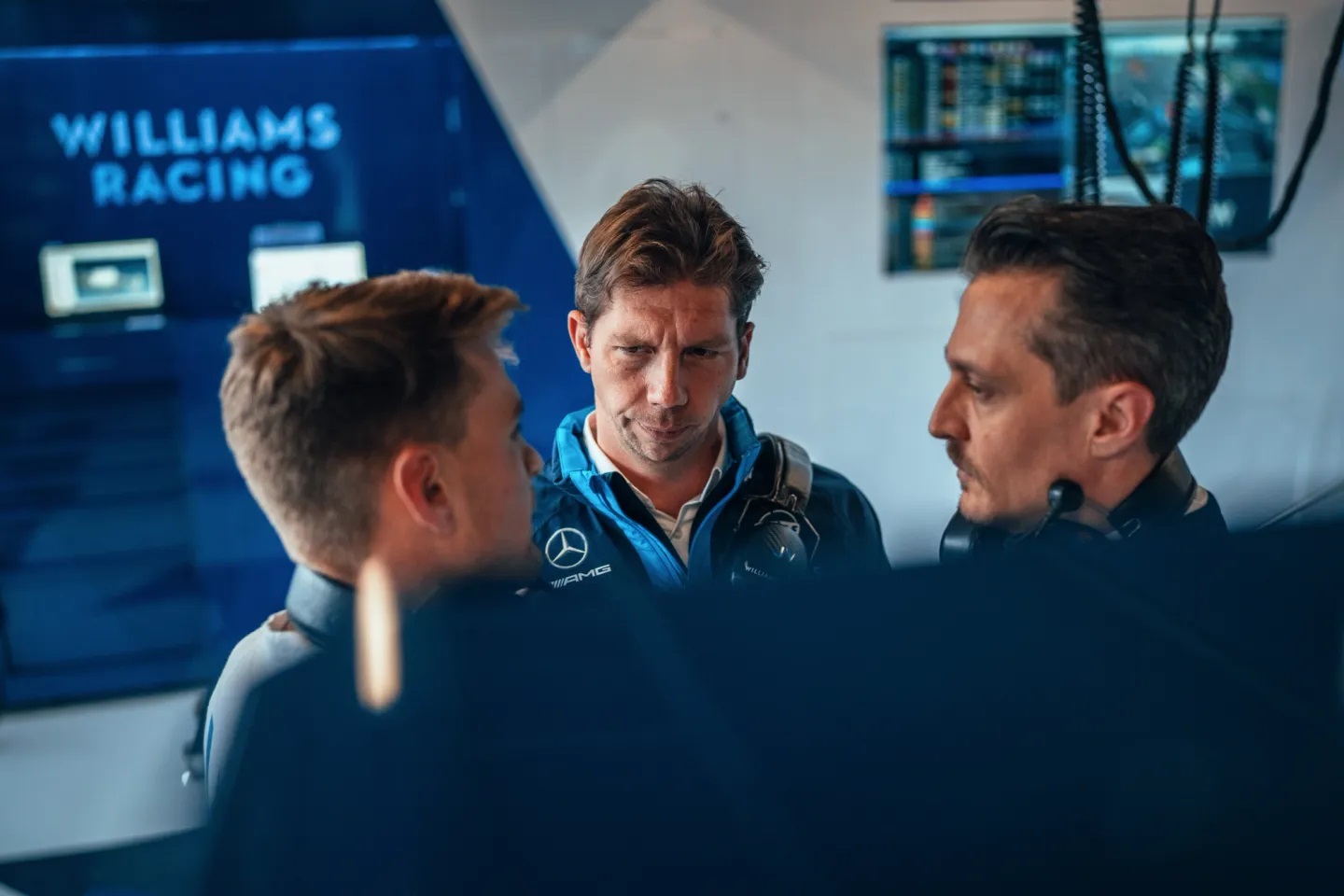
While Williams is enjoying a new dawn under Vowles’ stewardship, it’ll take a lot of time before the sun shines bright again on F1’s third most successful team in the sport’s history.
“And that cultural change will take quite a while to properly kick in because it’s very different,” he continued.
“You’re now not thinking about the carbon bits appearing in Montréal, but you’re thinking about what do you want the car to look like in two years’ time.
“And I think that’s the direction of travel that’s helped everyone understand how we are going to pull ourselves out of the performance region we are today.”
“Openness, communication, teamwork, all of those cultures I strongly believe in, they don't appear overnight, just because I say this is the culture I'd like.
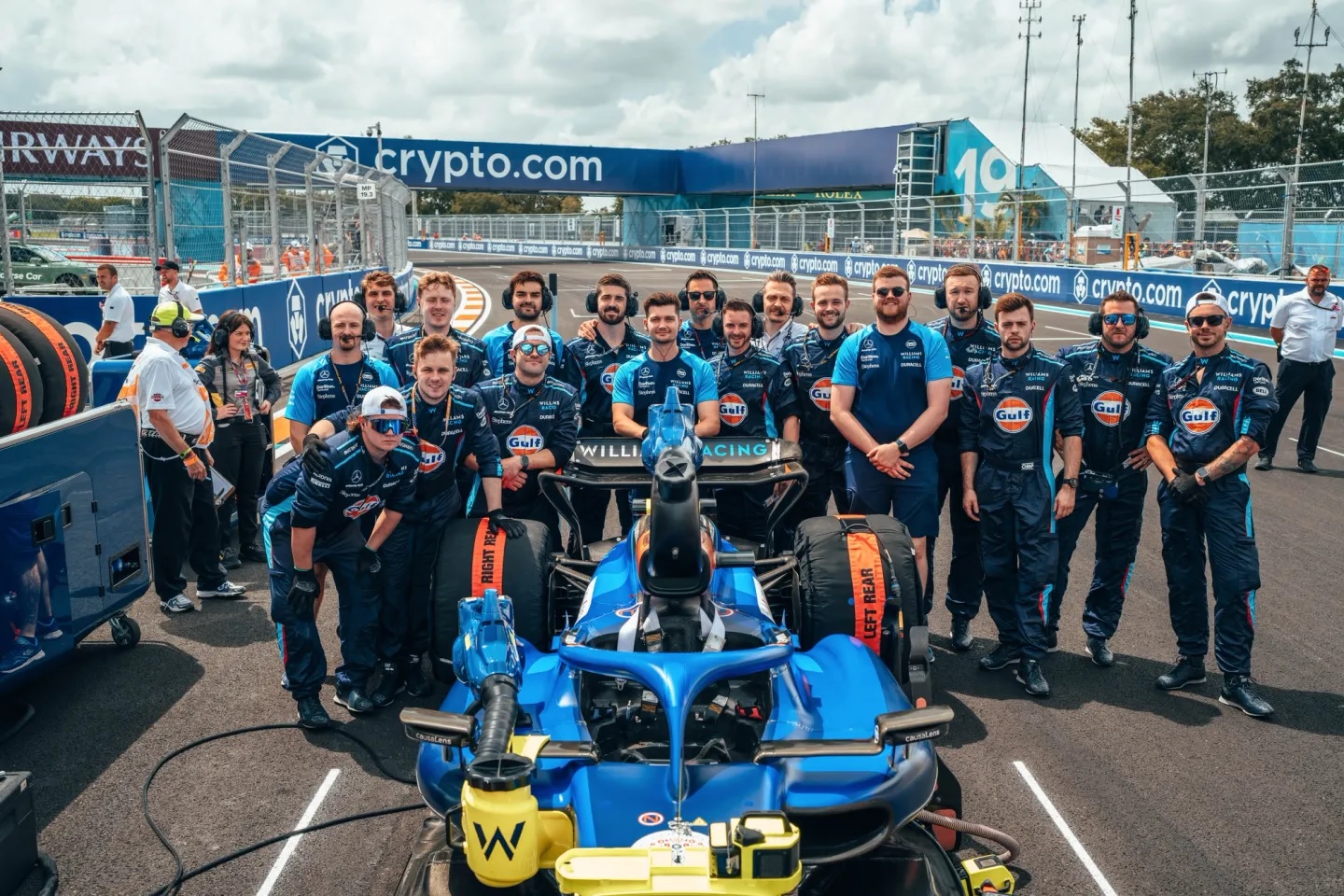
©Williams
“In fact, culture comes from your organisation. All you can do is mimic behaviours that you want out of it, and reward your lieutenants that effectively follow the guise of where you want to go.
“But culture is everything. If you look at what we have, there's fundamentally up and down the grid, each team has between 800 to 1,000 incredibly intelligent individuals working day and night in order to produce a car that moves forward.
“Now you need to start finding your differentiators and your differentiators come from just those that are slightly better at talking, communicating and working together. And that's what culture drives.”
Keep up to date with all the F1 news via Facebook and Twitter





